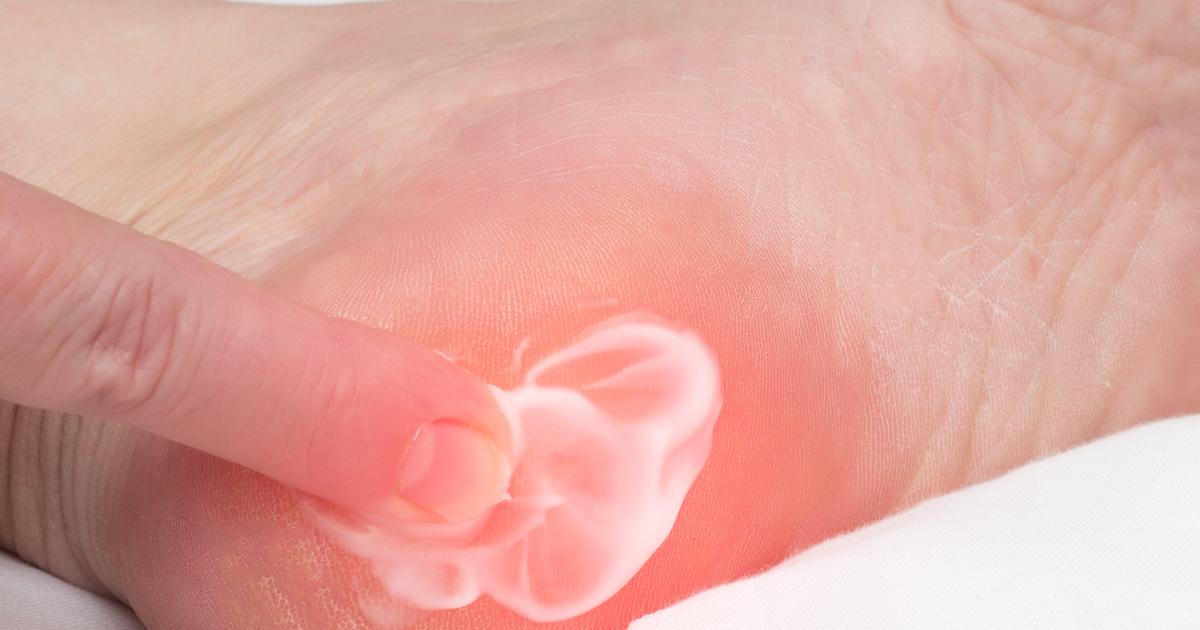What Are The Symptoms Of A Heel Spur?
Visible Protrusion Under The Heel

Many patients who have heel spurs have observed a visible protrusion under their heel. This protrusion is actually a calcium deposit, and it grows in an outward direction. Since these deposits can be very small, they might be difficult to detect in the early stages. For example, small deposits could be missed on x-rays. If a physician suspects the patient may have a heel spur, a CT scan is usually ordered to confirm this. CT scans can detect spurs that might be missed with other methods. In cases where the patient is in significant pain or the heel spur is debilitating, specialists could recommend surgery to remove the heel spur. An endoscopic plantar fasciotomy is usually performed for this purpose. After making an incision on each side of the heel, the surgeon inserts a camera into one of the sites to view the area. Once the spur is located, it is removed with a knife. The removal allows new fascia to grow in the space where the heel spur was. Patients will normally need to avoid using the affected foot for at least a week, and they are typically able to walk with minimal discomfort after three or four weeks.
Get more information on the different symptoms linked to heel spurs now.
Chronic Aching Pain

As a heel spur progresses beyond the early stages, the sharp pain patients experience is often replaced by chronic aching pain. This pain could feel dull, and patients might notice throbbing. This type of pain could be made worse by the patient's choice of footwear. For example, the patient might notice an increase in aching after wearing shoes such as flip flops or other slip-on shoes that lack sufficient support for the heel and Achilles tendon. Aching might also be worse for patients who must stand for long hours at their workplaces. Individuals who have chronic pain may find it helpful to keep a symptom journal, and pain management clinics could provide additional support in conjunction with the patient's orthopedist. Patients should always let their healthcare team know if they experience any changes in the way their pain feels or if their pain becomes unmanageable.
Read more about the symptoms of a heel spur now.
